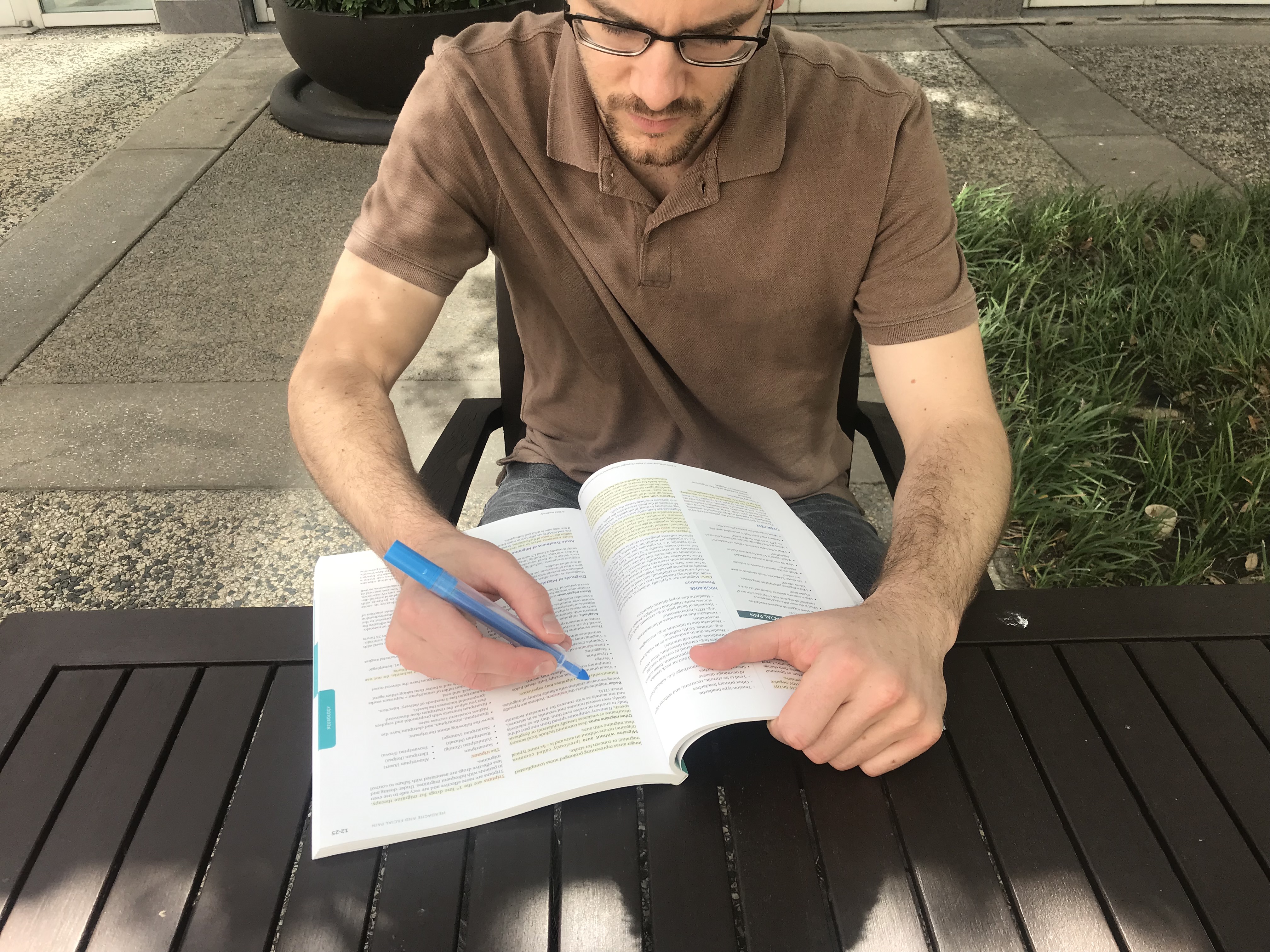
It’s no secret that we love sharing study hacks with you. The MedStudy Method details techniques like retrieval practice, interleaving, and spaced repetition. But, how do you put this science into practice?
This 8 step study cycle is all founded on proven learning science. You’ll have active study time, spend sufficient time learning new material, and then self-test. And, we’ve made sure to include a break for you!
Below is a 2-hour sample study cycle that uses the MedStudy Method. Test these 8 steps out during your next study sesh!
Step 1: Practice Spaced Retrieval (20 minutes)
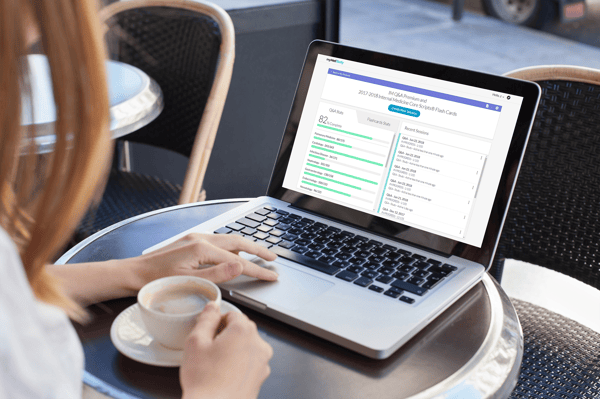 Use MedStudy Q&As during the practice spaced retrieval step
Use MedStudy Q&As during the practice spaced retrieval step
Here’s how to do spaced retrieval: Repeat the same Q&As (while constantly practicing recall) at least 3 times, with progressively longer intervals of time between sessions. Each time, the information you’re trying to learn becomes more durable and more easily retrieved.
For this study session, use your first 20 minutes to preview material you haven’t studied yet, by using:
-
- Preview | Review questions at the beginning of each section in your MedStudy Internal Medicine Core or Pediatrics Core.
- Questions or flashcards you've previously generated yourself while studying
- IM Core Scripts or Peds Flashcards
- Board-Style Q&A Premium for IM or Peds
- Pen and paper to write out everything you remember about a topic
These resources prompt you to retrieve information from memory, which helps you consolidate learning and identify knowledge gaps.
Step 2: Access new material (20 minutes)
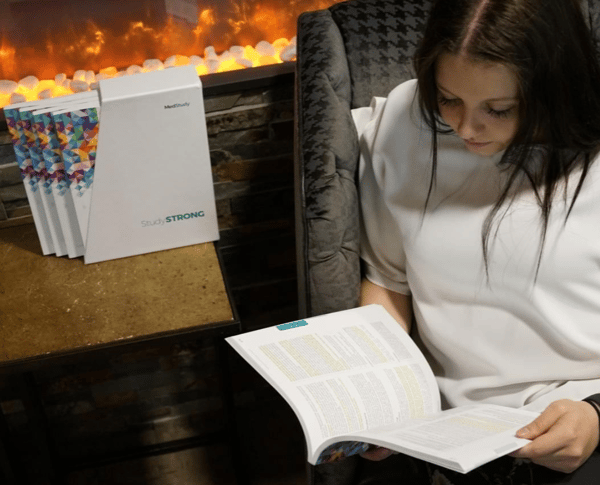 Read new material in the MedStudy Core during the 'Study' phase
Read new material in the MedStudy Core during the 'Study' phase
During the next 20 minutes, study new material. Read a new section of the Core, listen to a new section of the Audio Pearls, or view a new topic in the Video Board Review. You can jot down notes or questions as you engage with the material.
Step 3: Stop reviewing and recall what you know (10 minutes)
 Try writing out a concept map during the recall what you know step
Try writing out a concept map during the recall what you know step
At this point, you can write notes, outline ideas, and create concept maps, but don’t refer to the text while you set pen to paper. This activity will help you practice retrieving information and consolidate your knowledge.
Step 4: Create resources for further study (5 minutes)
 @catek623 takes notes while reading through the Pediatrics Core
@catek623 takes notes while reading through the Pediatrics Core
Note any gaps in your knowledge that emerged in steps 1–3. You can develop a list of questions you’re likely to be asked, identify content you’ll need to know—figure out your own strategy for remembering this content.
Step 5: Take a break (10 minutes)
 Set the Core aside and take a break during the break step
Set the Core aside and take a break during the break step
Move, eat a snack, or take a power nap.
Step 6: Return to learning a different topic area (35 minutes)
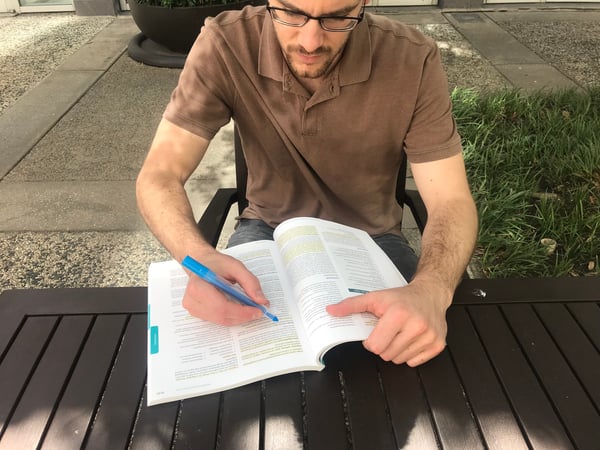 Highlights in the Core while repeating steps 2—4
Highlights in the Core while repeating steps 2—4
Repeat steps 2–4. This puts interleaving into practice.
Step 7: Self-test previously studied material with Flashcards or Q&A Premium (20 minutes)
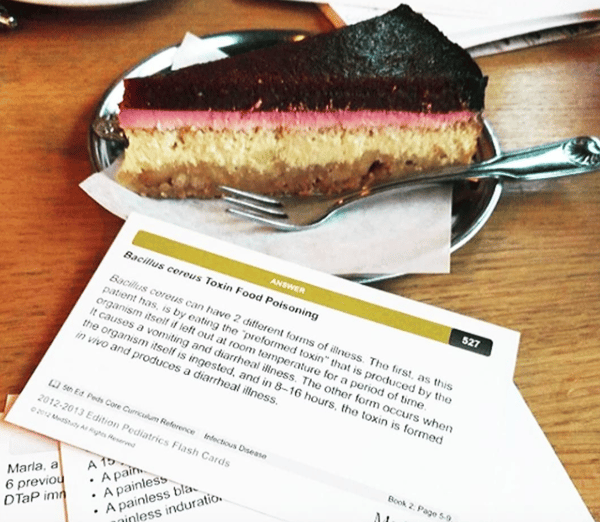 @beingdrb studies MedStudy's Pediatrics Flashcards
@beingdrb studies MedStudy's Pediatrics Flashcards
After your testing session... You're done! You've made it. Pat yourself on the back.
The next time you study, begin again at step 1 of the study cycle. As you work your way through the topics you'll need to cover, there will be progressively more review and less new material.
How is your typical study session structured? Let us know! And if you’re looking for even more brain-hacking techniques to help you study strong, check out our StudyWise Guide.



